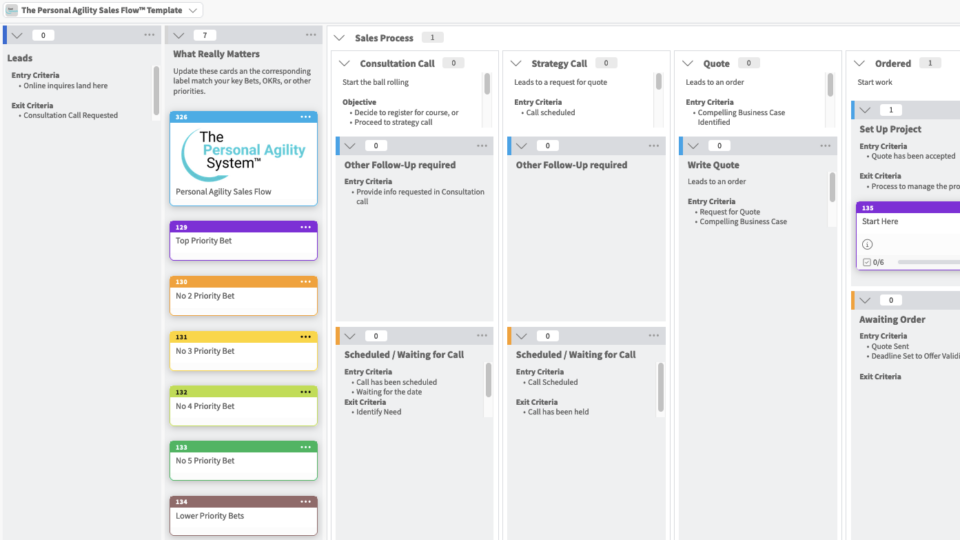
Trying out Jamboard for online sticky notes
24-05-2020
Shweta Jaiswal: becoming a successful entrepreneur with Personal Agility
13-06-2020The good news here in Switzerland is that infections are down, way down, deaths are down, and it looks like more than half of the active cases are people who are in hospital care and therefore less likely to spread the disease. Now, everyone would like “to get back to normal,” so why not go back to in-person classes?

I have thought about this and researched this and have decided to go slow. First, there are administrative reasons. If I want to open this week, my understanding is I would have to have a concept for protecting my customers. This looks like work, and the return on investment is questionable.
More importantly, the risk of being a source of infection is definitely not zero. Several choirs had nearly their complete membership fall ill due to rehearsing together when a member had the virus (source). Do I want to risk becoming a super spreader? Short answer, no I don’t.
While we’re on the topic of risk, how well understood are the risks of the coronavirus? We are still learning. Some of the news is rather worrisome: “Doctors keep discovering new ways the coronavirus attacks the body” (Souce) or “Researchers warn covid-19 could cause debilitating long-term illness in some patients” (source), The short answer is we just don’t know what the implications are, but it seems likely that this not simply a disease you can count on getting and then getting over it. Do I want to be the reason someone gets saddled with a long-term disability? No.
Are face to face classes necessary? Are they desirable? The Scrum and Agile communities have long assumed that face-to-face is the best way to do things. “The most efficient and effective method of conveying information to and within a development team is face-to-face conversation,” says the manifesto. But the shutdown has invited/forced us to rethink many things.
Maybe the communication tools, which were simply not up to the job in 2001, have gotten good enough. Many companies are continuing with Work From Home voluntarily, for reasons ranging from costs to effectiveness to flexibility to their staff. Many of my participants were quite surprised and pleased by how fun and effective an online class can be. Given how pervasive virtual work is any way, learning effective approaches to working virtually is an added advantage of an online course.
Training without travelling is much more efficient for the trainer. No travel time, no jet lag (well maybe a little; working on a different timezone than where you live does take some getting used to).
This last point is really important for me. I have come to believe that the Personal Agility System has the potential to change millions of lives for the better. My own priority is to enable Personal Agility to spread as quickly as possible. I can do that best by working with people online both to share the system and to enable other ambassadors to share Personal Agility in their communities.
It looks like online training has a number of advantages: lower risk, lower effort, high satisfaction and effectiveness for the students, and it looks like it will be a more effective channel for inspiring positive change. While perceptions could change, and we will always need to inspect and adapt our decisions, I plan to stay with virtual classes until the arguments for going face-to-face become more compelling.




